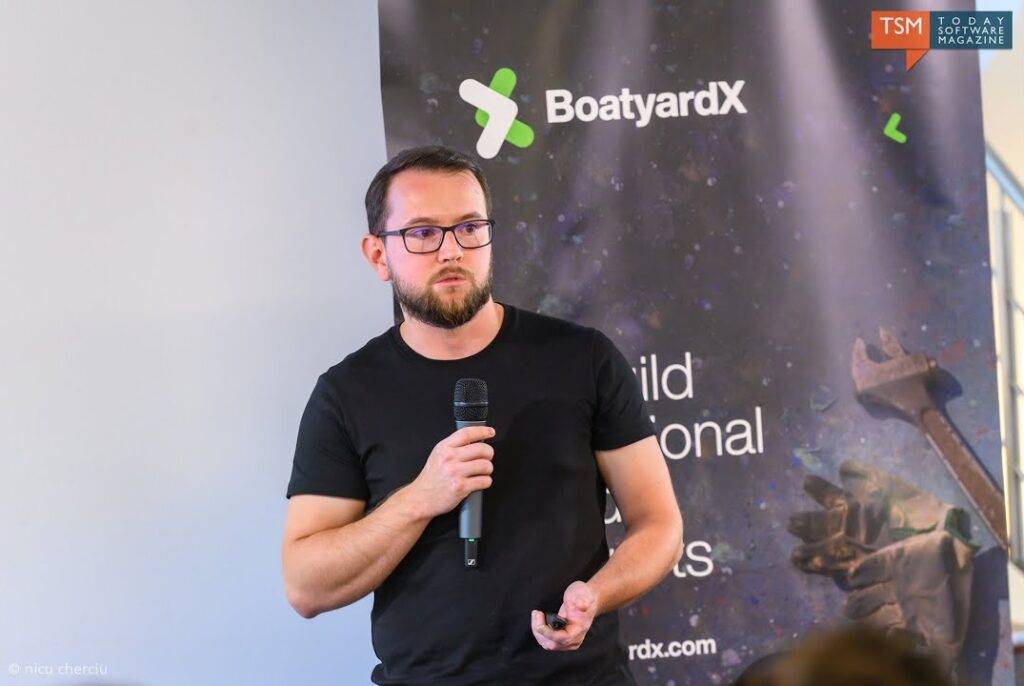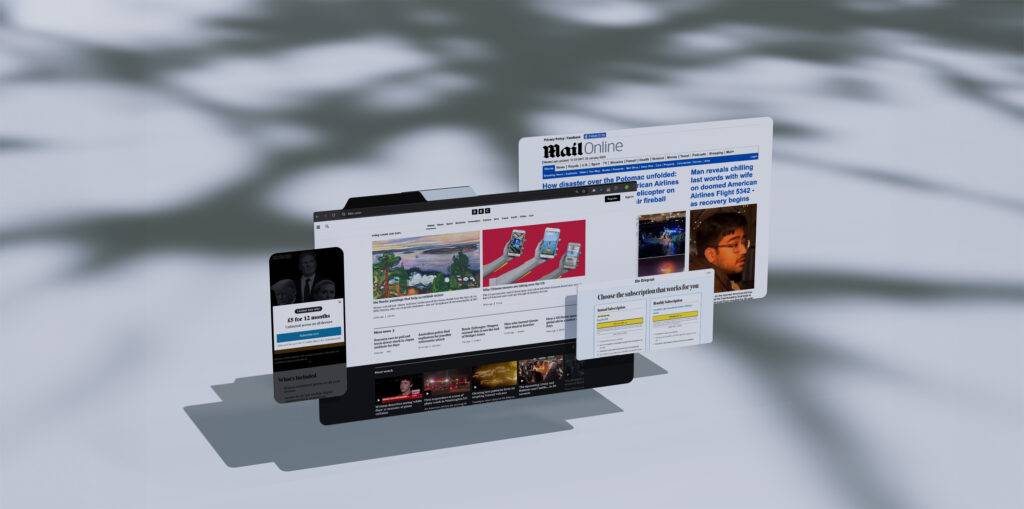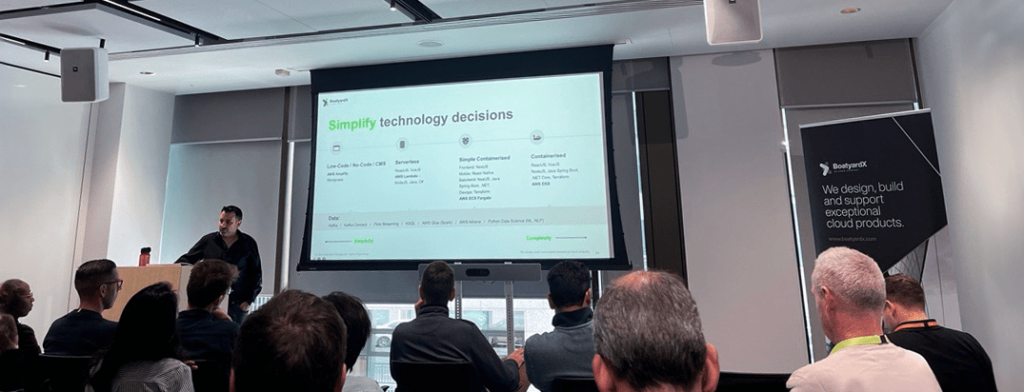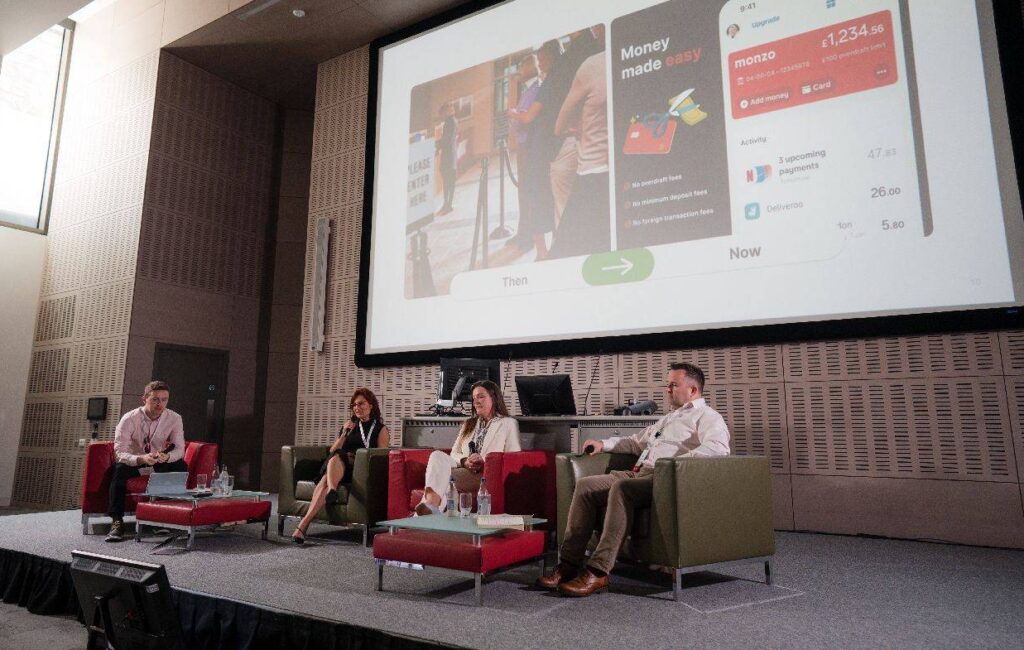- Anca Sofan, Sr. UX/UI Designer at BoatyardX
We live in the times when seamless user experience (UI/UX) is the cornerstone of digital success. However, the challenge persists around availability and cost of the UI/UX talent. It is therefore no surprise that businesses are increasingly and strategically turning to nearshore locations to bolster their design teams.
The concept of nearshoring involves outsourcing tasks or processes to a neighbouring or nearby country, often sharing a similar time zone and cultural affinity. This article explores how the nearshore advantage, when applied to UI/UX design teams, can lead to enhanced creativity, collaboration, and ultimately, superior digital products.
“After 15 years of collaborating as a designer in globally distributed teams, I've come to realise that cultural exposure is our greatest asset. It's not just about creating beautiful interfaces; it's about understanding the diverse perspectives that shape them. Embracing different cultures in our design process isn't a challenge – it's the catalyst for innovation, a journey where every cultural nuance becomes a brushstroke in the masterpiece of user experiences.“
Anca Sofan, Senior UX Designer Tweet
Time Zone Synchronisation
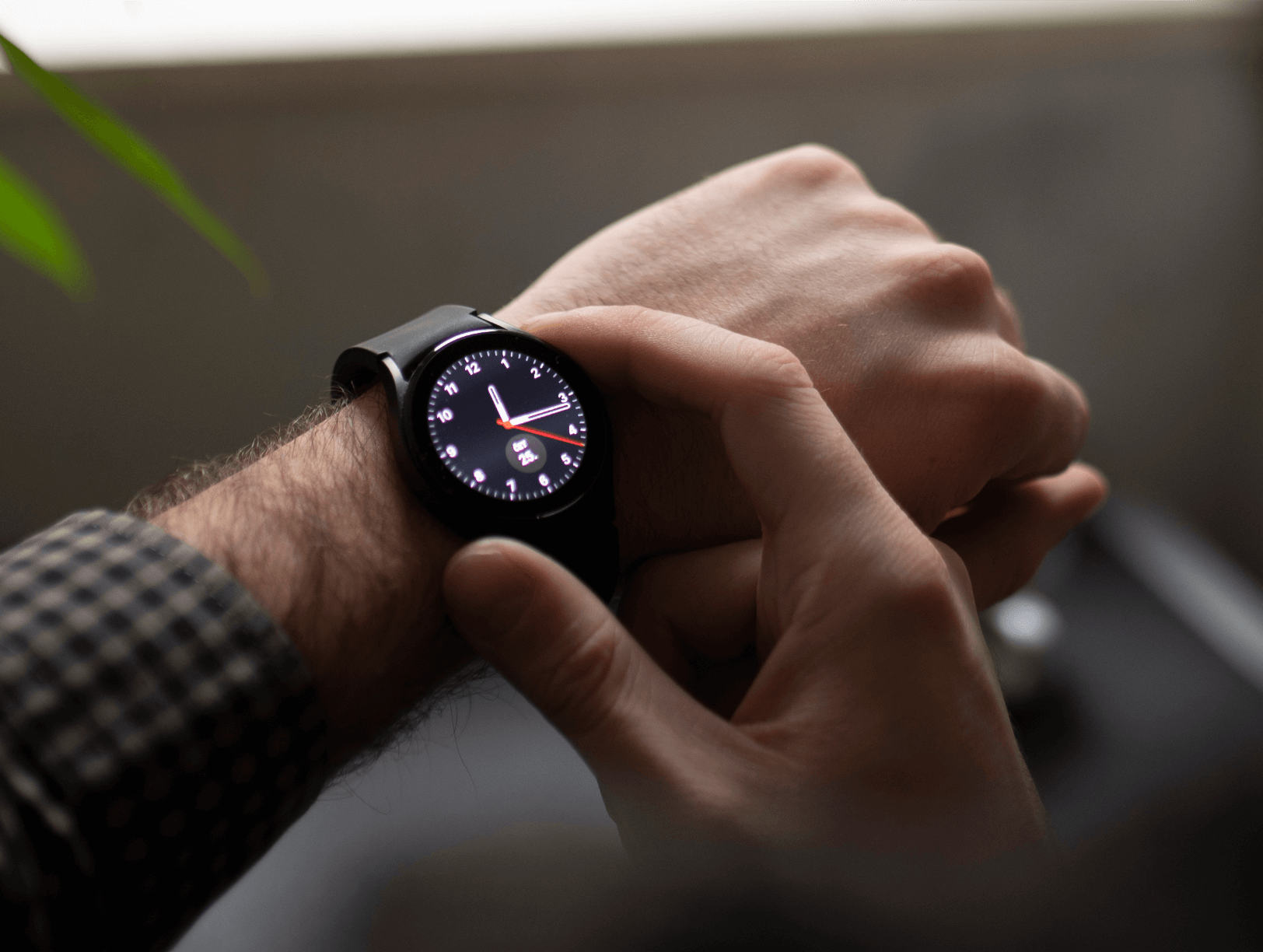
In this scenario, the nearshore advantage in time synchronization proves invaluable for the financial institution, allowing for efficient collaboration, quick decision-making, and immediate iterations. This results in the timely delivery of a UI/UX design that enhances the asset management app, meeting and surpassing user expectations.
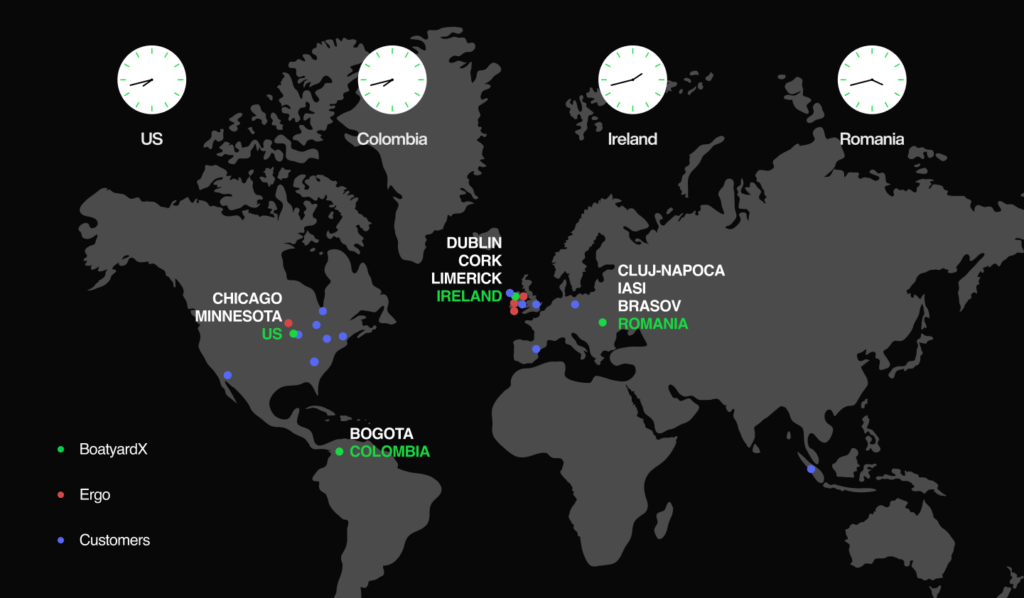
Cost-Effectiveness
Nearshoring offers a balanced equation, providing cost savings without compromising quality. While rates may be more competitive than in-house teams, the difference is often less dramatic than offshoring to distant locations. Design teams, equipped with modern tech stacks, efficiently balance face-to-face and asynchronous ways of working. BoatyardX empowers UI/UX designers economically, ensuring ideas come to life without compromising design quality.
Consider a tech startup in Ireland developing a med-tech software product. Nearshoring to a neighbouring European country significantly lowered labour and operational costs compared to hiring in-house. This cost-effectiveness allowed efficient resource allocation, leveraging a competitive talent pool. Nearshoring facilitated real-time collaboration, minimizing delays in decision-making. This scenario reduced development effort and implementation costs.
Nearshoring also slashed overhead expenses tied to maintaining a large in-house team, harnessing the nearshore talent pool without high operational costs. Collaboration between Irish and nearshore teams enabled agile development, reducing time and costs associated with adjustments.
In this scenario, nearshoring to a European location brought substantial cost reductions, combining competitive rates with operational efficiency. The startup economically brought its software product to market without compromising on design quality and functionality.
Talent Pool Diversity

Cultural Synergy
One of the primary advantages of nearshoring for UI/UX design teams is the cultural synergy that typically exists between neighbouring countries. Shared cultural norms, language nuances, and design aesthetics contribute to a more cohesive collaboration. Designers from nearby regions are better attuned to the subtleties that shape user preferences and behaviours, enabling them to emphasise better with the user, therefore creating interfaces that resonate more deeply with the target audience.
BoatyardX’s nearshore advantage isn’t just about locations on a map; it’s about a shared mindset. With a global network and an innovation-driven ethos, our design teams collaborate seamlessly. This diversity ensures UI/UX interfaces aren’t just functional; they’re globally appealing, speaking the language of users from different corners of the world.
In their book, International User Interfaces, the authors Elisa M. del Galdo and Jakob Nielsen, who are evangelists in UX world, emphasize that “it is no longer enough to simply offer a product translated in ten to twenty different languages. Users also want a product that acknowledges their unique cultural characteristics and business practices.”
Overcoming Challenges
While the nearshore advantage for UI/UX design teams presents numerous benefits, it is essential to address potential challenges. Clear communication strategies, the establishment of efficient workflows, and leveraging collaboration tools can help overcome any obstacles associated with geographical dispersion.
BoatyardX recognizes the hurdles and addresses them with an asynchronous working model, as detailed in their insightful article on asynchronous working. Working in a globally distributed team requires thoughtful solutions to time zone differences and communication nuances. Our commitment to transparency and adaptation shines through as we navigate these challenges, ensuring that UI/UX design remains a collaborative journey.
Conclusion
In the competitive landscape of digital experiences, UI/UX design plays a pivotal role in capturing user attention and loyalty. The nearshore advantage, when strategically applied to design teams, empowers businesses to harness cultural synergy, streamline communication, and tap into diverse talent pools. By embracing the nearshore advantage, companies can elevate their UI/UX design capabilities, delivering digital products that stand out in a crowded marketplace.
Read more tech topics
Modernise smarter, scale faster. BoatyardX helps you cut costs and unlock agility by transforming legacy apps through our DiscoverX process and the AWS 7Rs framework.
AI is reshaping how we work, shop, learn, and solve problems, it's creating experiences that seemed impossible just years ago. But what separates AI that transforms businesses from AI that gathers digital dust?
Cloud migration promises scalability, innovation, and long-term cost efficiency. Beneath the surface, however, many organisations encounter unexpected expenses that can derail timelines and budgets.
In recent years, software architectures have evolved rapidly, reflecting the changing needs of software developers and the business environment.
There’s a common belief in the digital world: paying for something guarantees a better experience. But is this always true?
How convenient would it be to have a quick solution at hand for developing a static web page, a proof-of concept application, a single-page application, or even a complete web app built with microservices?
Building a cloud-based product can be daunting for startups, especially when faced with a plethora of choices, trade-offs, and challenges.
Proud of your product but sense it hasn’t quite hit its stride? UX audits are an essential tool to ensure it hits its full potential.
At Adminovate 2024, Karolina Coates, Head of Design at BoatyardX, joined industry leaders to discuss the evolving landscape of user experience (UX) and fintech innovation.
The BoatyardX DiscoverX workshop is a collaborative, interactive experience where clients have the opportunity to explore product and technology concepts.
In today's fast-paced digital landscape, businesses are continually seeking innovative solutions to manage their infrastructure efficiently – and for good reason.
Within the sphere of modern applications, prioritising user experience has become paramount.
Whether you are a startup or a large corporation, it's likely you will face many of the same challenges in building the first version of a new product or application. We explore some of the critical success factors and lessons learned from supporting a broad range of clients in bringing new products to life.
We live in the times when seamless user experiences (UI/UX) are the cornerstone of digital success, businesses are strategically leveraging the nearshore advantage to bolster their design teams.
Before solution and implementation are merged into the upstream branch, a code review is a crucial stage in the software development cycle to obtain a second viewpoint.
Computer vision has become a significant influence in the remaking of numerous sectors in a time when technological innovation is the driving force.
In today's rapidly evolving digital landscape, the success of a product or service hinges on the user experience (UX) it delivers.
With over four years of experience as a .NET developer under his belt, Petru felt it was time to explore the growing demand for DevOps expertise, specifically in technologies.
WebRTC (Web Real-Time Communication) is an open-source transformative technology that revolutionizes real-time audio, video, and data sharing within web browsers.
What do startup founders and enterprise technology leaders have in common? Nightmare stories about unintended consequences of technology decisions.
Cognitive biases can have a significant impact on the quality and effectiveness of software being developed. How can software developers mitigate this impact?
At a recent Microsoft event speakers and attendees struggled to best describe the significance of AI and its potential impact on enterprise.
More organisations are starting to realise that the cloud is a great enabler for innovation, not just a more efficient way of running IT applications and services.
Skill gaps, high employee turnover and fierce competition for limited talent have only added to the pressure that businesses are facing from inflation. Though it may seem counter intuitive, it’s actually a good time to modernise or even replace applications, because they could be compounding your skills challenges.
Meta has called 2023 ‘a year of efficiency’ and they are far from alone in the corporate world. Many businesses are knuckling down, shedding staff and focussing on the old adage of ‘doing more with less’. Belt tightening is a business initiative again, like the bad old days of 2008.
Factors to consider when deciding whether or not to automate your QA.
At close to 4 years old BoatyardX has, for most of its short life, been a remote-first organisation.
How design helps you validate your product ideas within our Discovery Framework.
Have you ever wondered what it takes to have that genius spark that leads to groundbreaking, brilliant ideas?
This article briefly highlights the challenges faced by many software companies, and elements of the solutions we’ve helped map out with them.
This article briefly highlights the challenges faced by many software companies, and elements of the solutions we’ve helped map out with them.
De-risk your product build by answering fundamental product and technology questions up front
Often entrepreneurs skip brand development because of budget limitations or lack of available skillset. A solid brand strategy is, however, the foundation of a successful venture which stands out from the crowd.
An active player on the IT scene, BoatyardX was featured by Today Software Magazine (RO) in tech related topics as a subject matter expert.
When technology isn’t your core business it makes sense to go to an external partner such as BoatyardX. Discover how this approach works for Toronto-based Global Solutions Team.
We were recently interviewed by a new Software Insider website using a Reporter BOT, and it didn't go great! Sometimes #articialintelligence isn't as smart as we'd expect! See what you think.
Irish technology company BoatyardX delivers a compelling case for moving to the cloud to ensure the viability of your operations for the future.
As a growing start up, it’s important not to lose sight of the security and controls required on the IT systems that underpin the business. See how a recent Pen Test has resulted in significant cost savings at BoatyardX.
Pushing a new product live and then helping to demonstrate to early beta customers is a fantastic experience for a software development team.
BoatyardX’s approach to the cloud uses scalable, flexible Kubernetes technology. For businesses undergoing digital transforming, it is the wisest strategy.
Covid-19 represents both a driver and an opportunity for businesses to use digital innovation and build new products and applications more rapidly.



